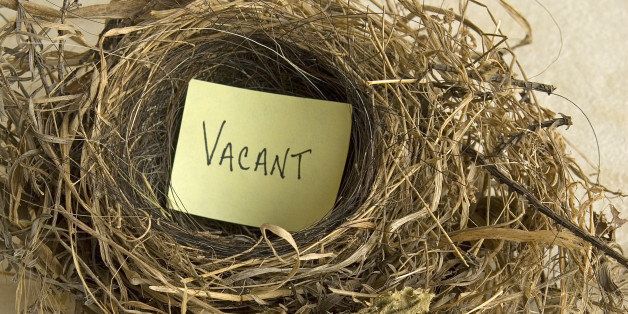What’s the difference between therapy and coaching? This is a common question from individuals trying to decide whether the life challenges they are experiencing are at the level of needing a coach or needing a therapist. There is a lot of overlap between both practices particularly if the therapist you are considering is trained in cognitive behavioral therapy (CBT). Both CBT and coaching will consider what goals the person wants to accomplish. Both will use methods to help the individual understand what the blockages might be caused by, and determine strategies to help the individual change how they think about and perceive situations or topics in life. So what’s the difference, you might be asking? Essentially, therapy is going to address mental health disorders…behaviors which meet the criteria for a diagnosed disorder. Often these disorders have gotten to severe levels in a person’s life and are causing a significant disruption in their daily functioning. Because of this, therapy is based on an intervention and medical model and is going to focus on mental illness. Coaching, on the other hand, will help individuals manage thoughts and behaviors before they create dysfunction, when things are starting to impact relationships, work, school, and other life areas. Coaches work from a prevention model – what strategies can be put in place before there are serious disruptions.
Once a person’s severe symptoms have reduced, it is not uncommon for individuals to switch from working with a therapist to working with a coach, or to work with both professionals simultaneously. A coach will support the individual to maintain their emotional and behavioral functioning, and work on the life or business goals that they could not focus on when their thoughts and behaviors got in the way. In addition, for some people the idea of working with a “coach” versus a “therapist” has less of a stigma associated with it, allowing for the work to be done even more effectively without the cognitive block in the way.
So how do you know what you need? Let’s use one of most common life challenges: anxiety. Anxiety, like most emotional or behavioral issues, exists along a spectrum. At the low level are our minor worries. They pass quickly and don’t linger. At the other end of the spectrum is an anxiety disorder, a debilitating condition which stops an individual from functioning in all areas of their life. In between is where worries build to frequent anxiousness or periodic invasive thinking, and finally to unrelenting, global anxiety. Coaching can help at those early and even mid-stages of the spectrum. Once the anxiety reaches that global level, therapy is a better option.
Anyone can call themselves a coach so it is important to know what to look for to determine if the life or executive coach is qualified to help support your needs and goals:
- Find someone who has training in cognitive behavioral strategies. Ask them how long and what type of training they went through. Some coaches learned about cognitive behavioral approaches over a 2- to 4-year graduate program, with supervised experiences; others learn these strategies in a weekend course.
- Other coaches go through training programs such as those through the International Coaching Federation (ICF) or the College of Executive Coaching (CEC). These programs are focused on training people to specialize in cognitive behavioral methods.
So ask yourself: How much are my behaviors or emotions getting in the way of my life? Am I working to prevent these from getting worse, or are they at a level where intervention is necessary? Are my emotional or behavioral challenges at a level to now learn how to maintain this functional state, and begin finding ways to achieve my personal, academic or professional goals? These questions can help determine what type of professional can be the most beneficial to support reaching your goals.










